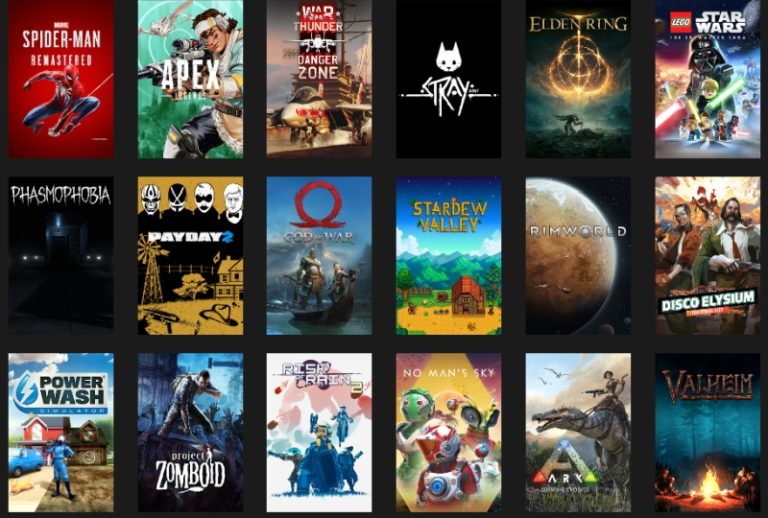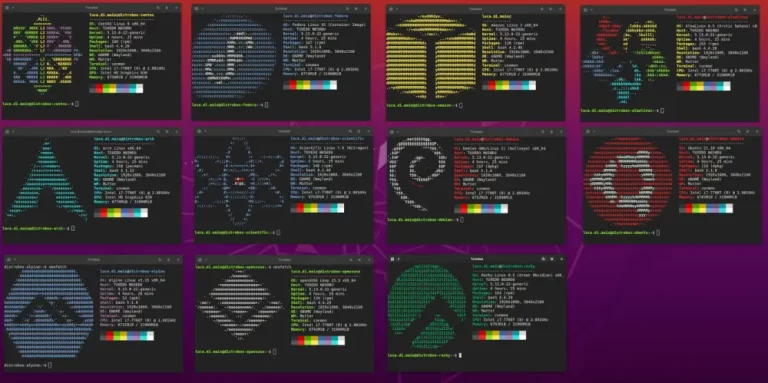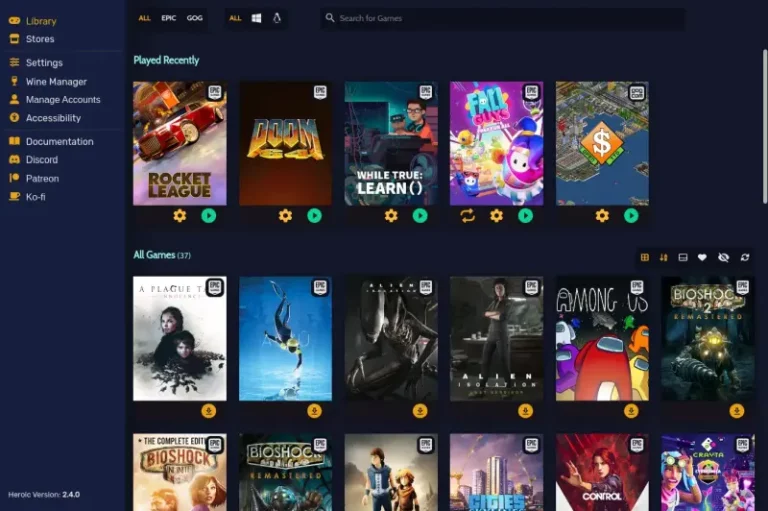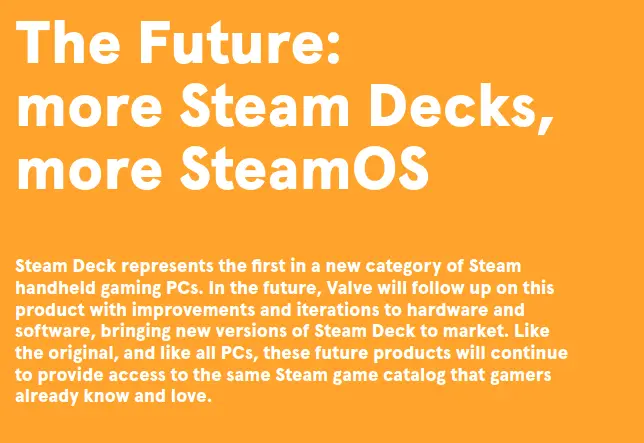15 Tips and Tricks for New Steam Deck Users
The Steam Deck is a great handheld game console that allows you to enjoy your gaming experience while on the go. In this blog, we will be discussing Steam Deck tricks and tips that you need to know about. These tips will help you get the most out of your Steam Deck.
Table of Contents
Tips and Tricks for New Steam Deck Users
Let’s go through some basic tips to get you started:
Install Decky Loader
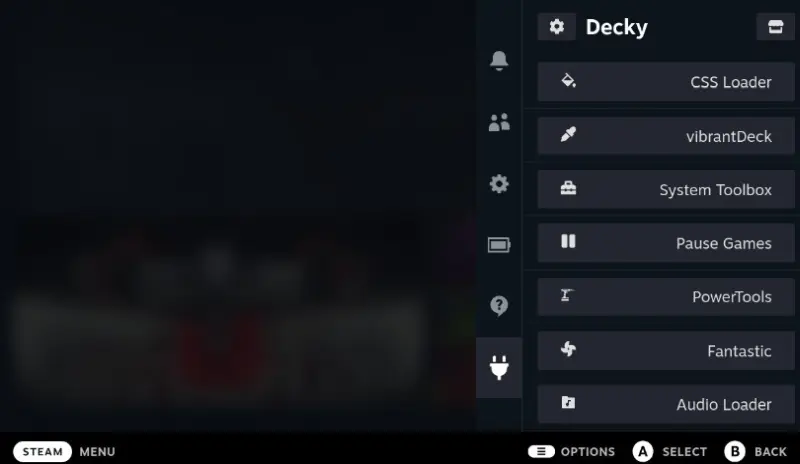
Decky makes it easy to install and manage plugins right from within SteamOS. With Decky, you can cleanly inject and load one or more plugins, and the addon is persistent so you don’t need to reinstall it after every system update.
Additionally, Decky allows for two-way communication between the plugins and the loader, so plugins can define python functions and run them from javascript. Plus, plugins can make fetch calls and bypass cors completely.
Decky can connect to the ProtonDB website and show the compatibility rating in the top left corner when you browse a game in the Library. That way, you can quickly and easily see which games will work with Proton and which ones won’t.
Lower resolution to increase FPS
Many PC gamers are familiar with the concept of lowering their resolution to increase their FPS. This is a common practice that can be used to improve gameplay on lower-end systems or simply provide a more smooth experience on high-end systems.
By lowering your resolution, you can decrease the amount of work your graphics card has to do to render the game. This can lead to a significant increase in FPS and a smoother overall experience.
The Deck is small enough so that lower resolution doesn’t matter much. There are 2 recommended resolutions:
- 1152×720: This can keep the aspect ratio but downgrade the graphics a lot.
- 1280×720: This help gains about 10% performance but there will be black bars at the top and bottom of the screen.
Install Proton GE
Proton GE is an unofficial spinoff of Proton, a tool developed by Valve for running Windows games on Linux. Proton GE contains a number of additional features and patches not found in Valve’s version.
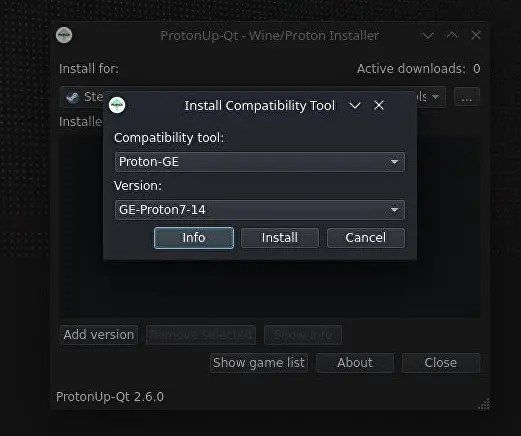
Proton GE fixes a lot of games that aren’t included in the latest stable Proton version. It contains various tweaks and extra features not found in the regular Proton build. For example, it includes DXVK patched with Async, which can improve performance in games that use DirectX 11. Additionally, it has patches for better video playback support and AMD FSR added directly to the fullscreen hack. There is also a ‘protonfixes’ system included that automatically applies per-game fixes.
In addition, various wine-staging patches are applied as needed. As a result, Proton GE provides a more complete and comprehensive solution for running Windows games on Linux than Valve’s Proton tool.
Save battery life by turning on half-rate shading
As any mobile gamer knows, one of the biggest challenges is to reduce battery draining when playing a game. Thankfully, the Steam Deck supports half-rate shading. This means that pixel shaders are only rendered at half resolution. It makes a game run at lower quality graphics but greatly reduced power consumption. Not to mention, it can also improve your FPS.
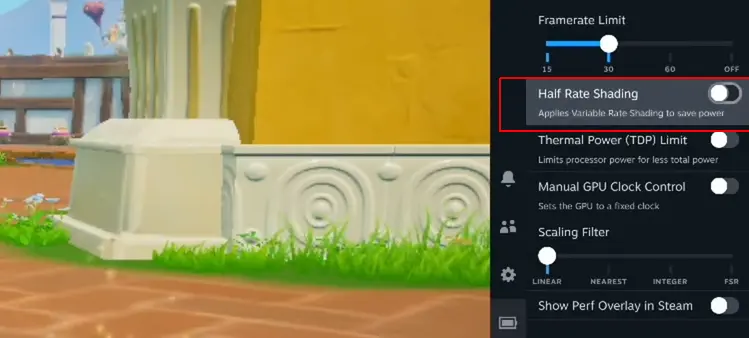
This feature is suitable for pixel art games as the resolution in these games doesn’t matter. But be careful with half-rate shading in more graphically complex games – it can hurt image quality.
View Steam Deck shortcuts
The Steam button is more than just a way to open the menu on the Steam Deck. If you hold it down for a couple of seconds, a list of shortcuts will appear. These shortcuts include taking screenshots, force quitting a game, and more.

This list is helpful for quickly finding out how to do various things on the Steam Deck. So, next time you’re stuck, just hold down the Steam button and see if one of the shortcuts can help you out. Who knows, you might even learn something new!
Install EmuDeck for all emulators
While there are many emulators available for Steam Deck, we recommend EmuDeck for automating many tasks such as installation and configuration of many emulators.
The installation process is simple and straightforward, and it will also ask you where you want to save your ROMs and BIOS files too. EmuDeck takes care of everything, from RetroArch configuration to bezels and gamepad configuration for PSP, Switch, GBA, and more.
There are 2 tips to boost the emulator’s performance:
- Disable Simultaneous Multithreading (SMT): Multicore CPUs are designed to handle multiple tasks simultaneously. However, when emulating an older device that wasn’t designed for multicore CPUs, it’s suggested that you disable SMT. This is because disabling SMT allows the emulator to better emulate the single-core CPU of the older device. As a result, you’ll get better performance and accuracy when emulating an older device on a multicore CPU.
- Use OpenGL API instead of Vulkan: So you’re noticing poor performance in your emulator despite disabling SMT, it might be worth it to try switching to OpenGL in the settings. Vulkan is the better API most of the time, but on older hardware OpenGL can provide a better experience. If your switch does improve performance, great! If not, you can always switch back and continue using Vulkan.
Force quit a game
Whenever you’re in the middle of a heated game, the last thing you want is for your Steam Deck to freeze up on you. Fear not, there is a way to force quit the game and get back to your winning streak.
All you have to do is press the Steam button and B button together and the problem game will be closed. Then you can go back to gaming like normal. So next time your game starts acting up, don’t rage quit, just force quit.
Install non-Steam games
There are also many other digital storefronts, such as GOG, Epic Games Store, Origin, and Ubisoft Connect. So what if you want to play games from these other stores on your Steam Deck? You’ll need to install them from a third-party launcher or via Desktop mode.
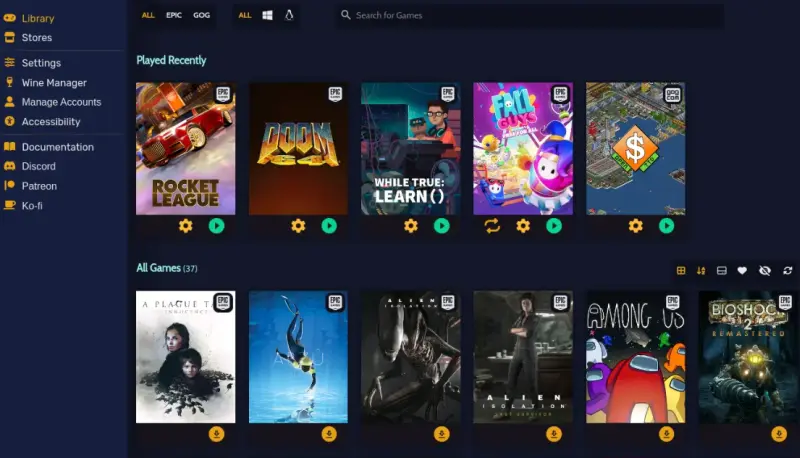
BoilR and Lutris are two popular options for doing this. BoilR automatically adds most of your games to your Steam library. Lutris is used for installing and playing games from GOG, Epic Games Store, Origin, or Ubisoft Connect.
Heroic Games Launcher is another good launcehr for playing games from GOG and Epic Games Store.
Limit power while traveling
Who doesn’t love playing video games, especially when it’s on the go? Unfortunately, one of the downfalls of the Steam Deck is its battery life. We’ve all been there, being in the middle of an intense battle only to have your game lag because your battery is about to die. But don’t worry, there are ways around this.
For those of you who play Steam Deck on the go, one way to save power and prolong battery life is by enabling the Thermal power TDP option, which can be triggered by opening the Quick settings menu and scrolling to the mentioned option.
Expand the storage with a 2TB microSD card
The Steam Deck is a great gaming console with plenty of storage, but you may find yourself running low at some point because of all the AAA games like Elden Ring and God of War. These games require at least 50GB to install.
Thankfully, there is a microSD card slot on the bottom of the console that allows for up to 2TB of expandable storage. This is a great way to ensure that you have enough space for all of your favorite games, without having to delete any data.
Show hidden files and folders
If you are using Steam Deck in desktop mode, you may want to view hidden files in the file explorer. Steam OS3 uses Dolphin as its default file explorer, which allows you to view hidden files by enabling the “Show Hidden Files” option in the View menu.
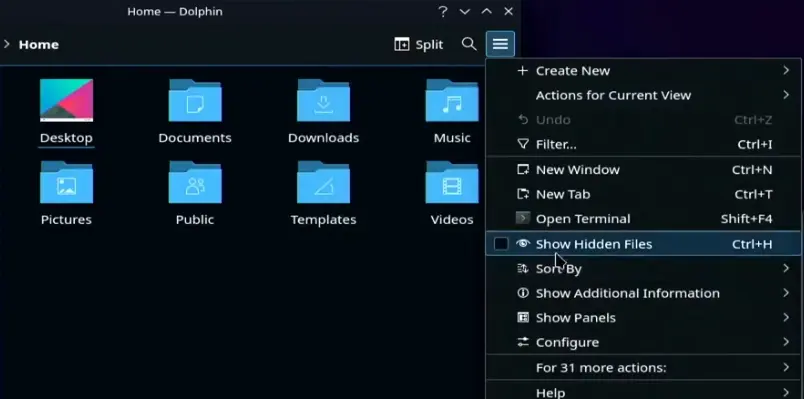
To do this, open Dolphin and click View, then select Show Hidden Files. This will enable you to view any hidden files in the file explorer.
Turn off adaptive brightness
Adaptive brightness is a feature on some devices that adjusts the brightness of the screen automatically depending on the surrounding light conditions. This can help prevent eye fatigue, but it can also be annoying if it keeps adjusting brightness when you don’t want it to.
However, adaptive brightness is an example of a feature that appears to be beneficial but rarely performs as expected. It can be distracting and cause batteries to drain faster. For this reason, it is advised to disable adaptive brightness on a Steam Deck.
Don’t buy untested games
Valve offers a list of verified games on their website and it’s best to stick to these when adding new titles to your library. While some great games aren’t on the list, the chances of running into problems with unverified games are much higher.
If you do decide to take the risk, make sure you research the game thoroughly before buying. Check reviews and make sure the system requirements are compatible with your Deck!
Increase internet speed
If you’re experiencing problems with your Steam Link’s WiFi connection, you may want to try disabling “Enable Wifi Power Management” in the developer options. This will keep your Wifi on the 5Ghz band more often, which could improve your connection speed.
Tweak performance
One of the best features of the Steam Deck is the ability to tweak the performance settings to either enhance your experience or save battery life. By navigating to the battery section in the three-dot menu, you can adjust both the FPS and refresh rate.
In many cases, it is better to adjust the Framerate Limit setting to force a game to run at a specific fps like 30fps. Why would you restrict the framerate? Mostly to minimize battery consumption and noise from the fan.

If you’re playing a less intensive game, you can turn up these settings for a smoother screen experience, but you can also drop them lower so you can play for longer.
